Featured articles

Why Michael Burry just sold all his tech stocks
Michael Burry has just exited a nearly $100 million position on Nvidia that he opened earlier this year.
14:42, 9 October 2025

Gold forecast: Third-party price targets
Gold (XAU/USD) is currently trading at $3,982.94 (as of 6:12pm UTC, 7 October 2025), after briefly crossing $4,000 per ounce for the first time during the session.
14:43, 9 October 2025

How does Elon Musk impact cryptocurrency prices?
In cryptocurrency markets, few individuals command as much attention as Elon Musk. The CEO of Tesla and SpaceX’s tweets, Tesla and Dogecoin announcements, and public statements can trigger periods of heightened volatility, with shifts in buying and selling pressure across digital assets.
13:29, 30 September 2025
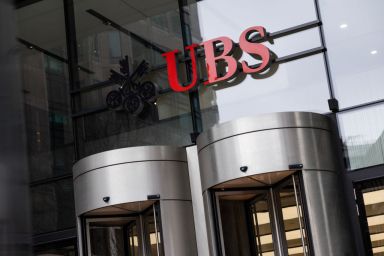
UBS shareholders: who owns the bank that acquired Credit Suisse
Following its acquisition of Credit Suisse, UBS Group has become one of the largest financial institutions in global banking. This article explores UBS’s ownership structure, outlining its key shareholders, governance framework and the impact of the 2023 takeover.
15:21, 14 November 2025
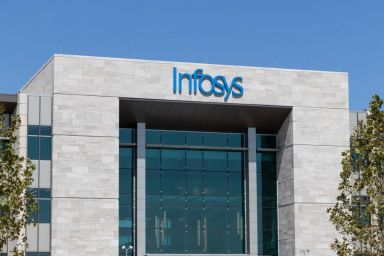
Infosys shareholders: who owns the most INFY stock?
Infosys (INFY) has long been one of India’s leading technology and consulting firms, attracting both institutional and individual investors worldwide. Understanding who owns its shares provides useful context for anyone analysing the company’s structure, governance and long-term positioning.
14:33, 14 November 2025

BYD shareholders: who owns the most BYDDY stock?
BYD Company Limited is a leading manufacturer in China’s electric vehicle and battery industries, recognised for its broad presence across global markets.
14:03, 14 November 2025

Google stock split: What next for GOOGL shares?
Alphabet’s 20-for-1 stock split marked an important point in the company’s market history. This article explains what a stock split is, details Alphabet’s approach, and examines how such actions may influence share structure, pricing and accessibility for traders.
11:11, 14 November 2025

Sentiment drags global equities lower
Global equities end the week on a negative note as investors struggle to find a balance between hopes of a soft landing and expectations of future rate cuts
11:14, 14 November 2025
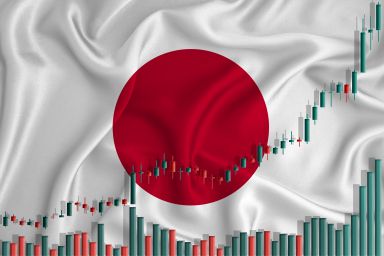
How to invest in Japanese stock CFDs – Japan 225 index
Japan’s stock market provides access to established and internationally recognised companies that remain competitive across technology, consumer goods and manufacturing.
09:17, 14 November 2025

How to invest in Swiss stock CFDs: Switzerland 20 index guide
Switzerland is recognised for its stable economy, political neutrality and well-established financial sector, making it a key player in global markets.
08:49, 14 November 2025

Stocks vs. index trading: what’s the difference?
Stocks and indices each play a central role in financial markets, but they offer different ways to access and interpret market performance. This article explains how both operate, the factors that influence their movements, and what traders may take into account when comparing individual shares with broader market indices.
16:33, 13 November 2025

Platinum vs palladium: which metal to choose?
We examine the platinum and palladium markets and the latest trends in supply, demand and pricing for both metals in 2025.
07:32, 14 November 2025
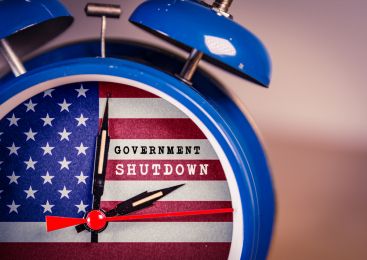
Market Mondays: Shutdown relief drives sentiment higher
Market sentiment improves, lifting equities and weighing on the dollar, as a deal aimed at ending the US government shutdown has passed the Senate
10:50, 10 November 2025
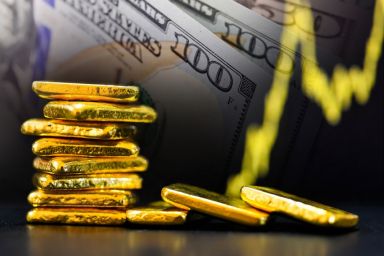
Gold steadies as safe-haven demand increases
Gold sees renewed safe haven interest as investors become more risk-averse, but several hurdles remain ahead
11:23, 5 November 2025

Gold Mining Stocks: Top Producers, Performance and Industry Outlook
Gold mining stocks provide a way to gain exposure to the precious metals market. For CFD traders, identifying which companies offer strong potential can have a notable impact on performance.
07:57, 5 November 2025

Market Mondays: Shutdown relief drives sentiment higher
Market sentiment improves, lifting equities and weighing on the dollar, as a deal aimed at ending the US government shutdown has passed the Senate
10:50, 10 November 2025
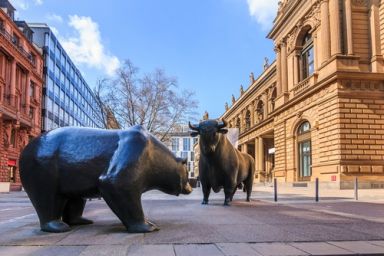
Market Mondays: Balancing cuts, earnings, and a stronger dollar
Markets digest the impact of last week's volatility after a hawkish cut from the FOMC and tech earnings that didn't quite meet the mark
11:14, 3 November 2025
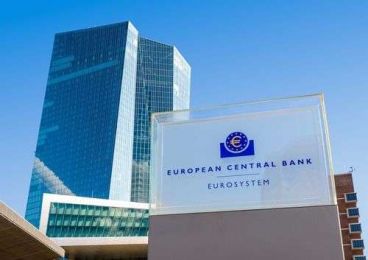
ECB Preview: no action expected as economy settles
The European Central Bank is expected to leave rates unchanged at their meeting this week as the balance of risks remains in favour of moderate growth and inflation
10:59, 29 October 2025

Market Analysis: Gold, Nasdaq 100, GBPUSD
A look into how gold, the Nasdaq 100 and GBPUSD are trading during a busy week of ok key earnings reports and central bank meetings.
09:44, 29 October 2025

Who owns the most Crypto.com (CRO) in 2025?
CRO’s ownership structure continues to evolve in 2025, shaped by ongoing transparency reforms and increasing institutional participation.
27 minutes ago
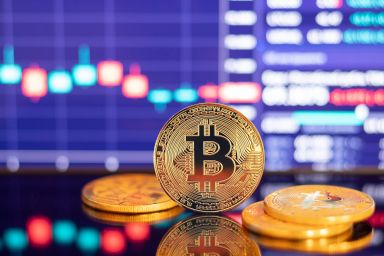
Who owns the most bitcoin?
Bitcoin’s ownership landscape continues to evolve as the market has matured. From its unknown creator to large institutional investors and national governments, the distribution of BTC illustrates how ownership of the world’s first cryptocurrency has gradually changed over time.
15:47, 14 November 2025
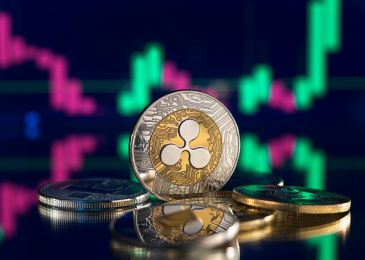
Who owns the most ripple (XRP) and how is it distributed?
Ripple’s XRP is among the most actively traded digital assets, supported by a finite supply and a publicly verifiable distribution system.
15:02, 14 November 2025

Who are the biggest bitcoin mining companies?
Bitcoin mining plays a central role in maintaining the security and integrity of the bitcoin network, but it has also evolved into a competitive global industry.
14:13, 14 November 2025
